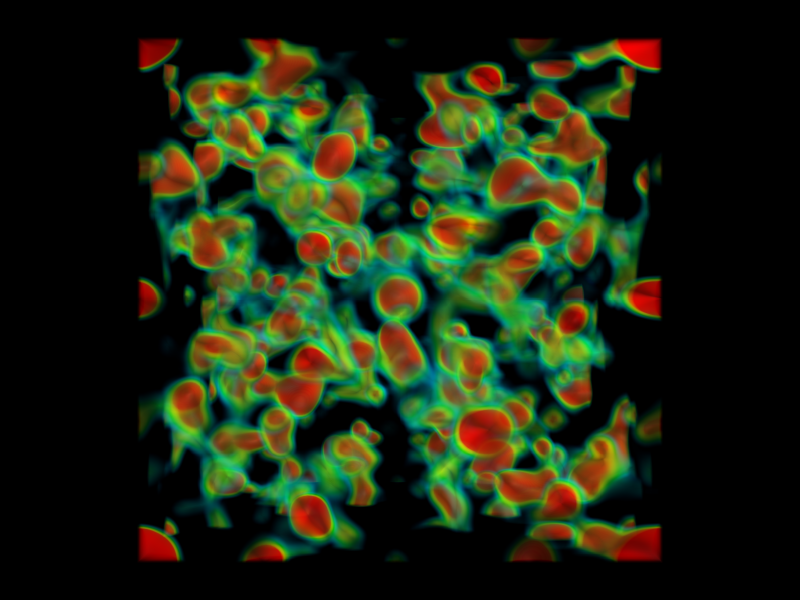By using novel data-mining tools in the investigation of “big data” of materials, many material performance patterns can be unveiled which may not be observable in smaller scales of data sets, leading to faster material discovery. The material discovery is not only hastened by eliminating material spaces that show less favorable performances but also identifying easily computable descriptors and constructing physical models with them that can make accurate predictions regarding material performances. Using such models, many computationally expensive calculations can be avoided and properties of new materials that are not synthesized yet can be estimated at a much smaller computational cost. Eventually, this enables the intensification of experimental and further theoretical works on the viable candidate materials cutting down the research costs.
Our group leverages machine learning methods to improve our understanding in material behavior and predict top performing materials by extracting structure-property relationships from large sets of materials to meet the current technological needs in various topics including heterogeneous catalysis, solid-state battery design etc.

Electron density of a hypothetical new material for battery applications generated by a machine learning algorithm.